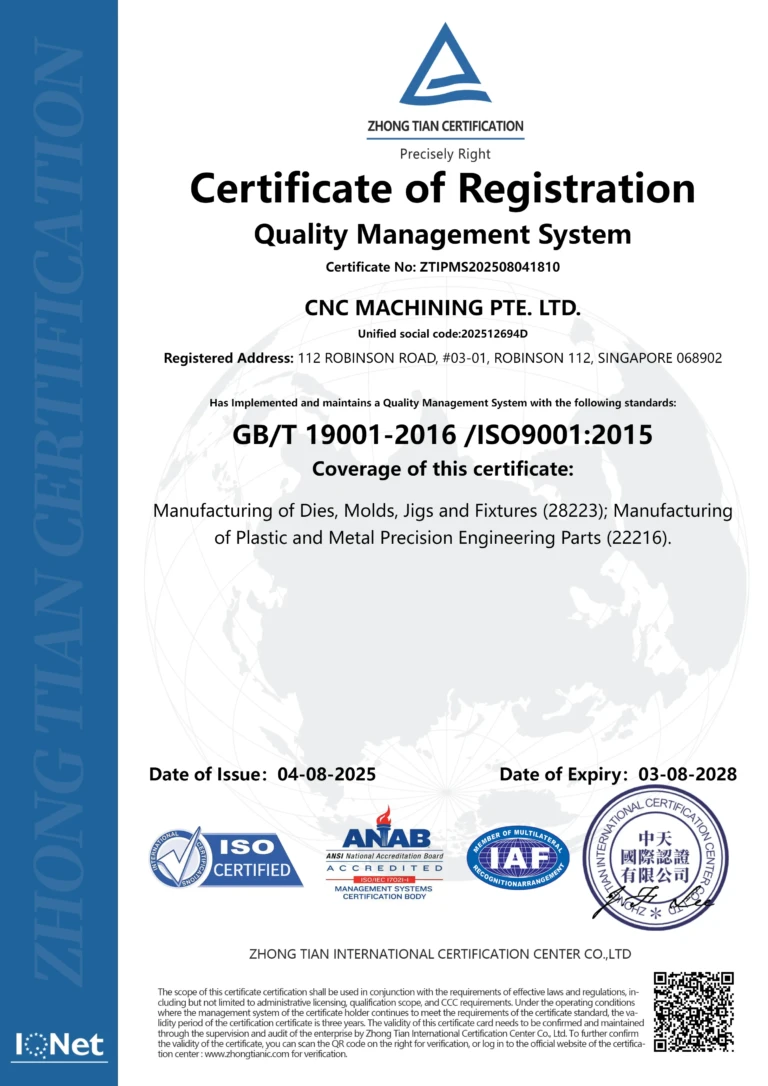The Revolution of Five-Axis Machining: Unlocking New Possibilities in Manufacturing
The world of manufacturing is constantly evolving, driven by the quest for innovation, precision, and efficiency. In this pursuit, the advent of five-axis machining has emerged as a game-changer, offering unparalleled opportunities for complex part production and surface finishing. In this post, we’ll delve into the world of five-axis machining, exploring its benefits, challenges, and the cutting-edge technology behind it.
The Power of Five-Axis Machining
Conventional three-axis machining has its limitations, particularly when it comes to treating complex, free-form surfaces. This is where five-axis machining shines, allowing for the simultaneous coordination of five axes: three linear axes and two rotary axes. The result? Unmatched precision, complexity, and efficiency.
Recall the example of a propeller for a ship, whose curved surface cannot be processed with traditional CNC machine tools. With a five-axis machining center, the propeller’s intricate shape can be precisely rendered, ensuring optimal performance. This capability has far-reaching implications for industries like aerospace, automotive, and medical, where precision and customization are paramount.
Advantages Over Traditional Machining
Compared to traditional machine tools, five-axis machining offers numerous benefits:
- Increased precision: With the ability to coordinate five axes, five-axis machining enables higher accuracy and surface finish.
- Faster production: Five-axis machining can often complete complex parts in a single setup, reducing production time and improving efficiency.
- Cost savings: Fewer machine tools needed, and lower material consumption, contribute to significant cost savings.
- Enhanced product quality: Five-axis machining’s precision and control result in higher-quality products that meet the most demanding specifications.
Understand the Challenges
While the benefits of five-axis machining are significant, its implementation is not without its challenges:
- Complex programming: Programming for five-axis machining requires advanced knowledge of spatial geometry and CNC systems, adding significant complexity.
- Higher demands on CNC control systems: Five-axis machining demands precise control, leading to increased requirements on CNC systems in terms of processing speed and precision.
- Mechanical configuration complexities: Five-axis machining’s mechanical structure requires careful design and manufacturing to ensure seamless motion and precise positioning.
- Cost: The price of five-axis machining equipment is typically higher than that of traditional CNC machine tools, making investment a significant consideration.
Revolutionizing Manufacturing
The revolution of five-axis machining has far-reaching implications for manufacturing, driving innovation and precision. As industries continue to push the boundaries of complexity and customization, the demand for five-axis machining will only continue to grow.
In the next installment of this series, we’ll explore the cutting-edge technology behind five-axis machining, including the latest advancements in CNC control systems and mechanical configurations. Stay tuned for more insights into the world of five-axis machining and its impact on the manufacturing landscape.
Call to Action
Ready to unlock the full potential of five-axis machining for your organization? Share your questions, comments, and experiences with us in the comments below. Are you interested in learning more about the latest advancements in CNC control systems and mechanical configurations? Let us know, and we’ll be happy to provide you with the latest information.
Join the Conversation
Join the conversation and stay up-to-date on the latest developments in the world of five-axis machining. Follow us on social media and share your thoughts with our community of innovators.
Remember, the revolution of five-axis machining is just beginning. Stay ahead of the curve and discover the limitless possibilities that await you in the world of precision manufacturing.

















